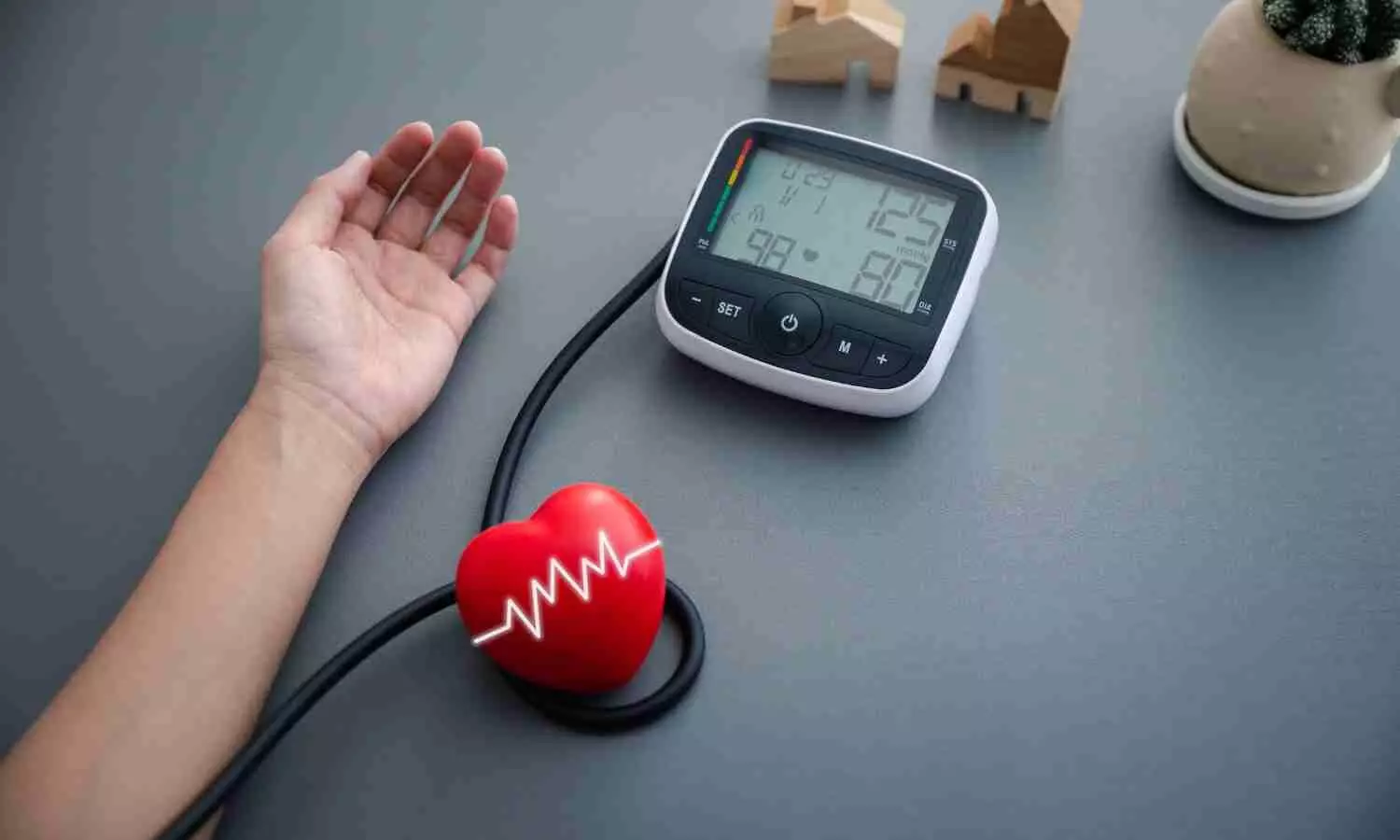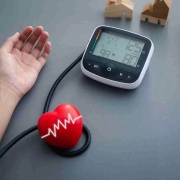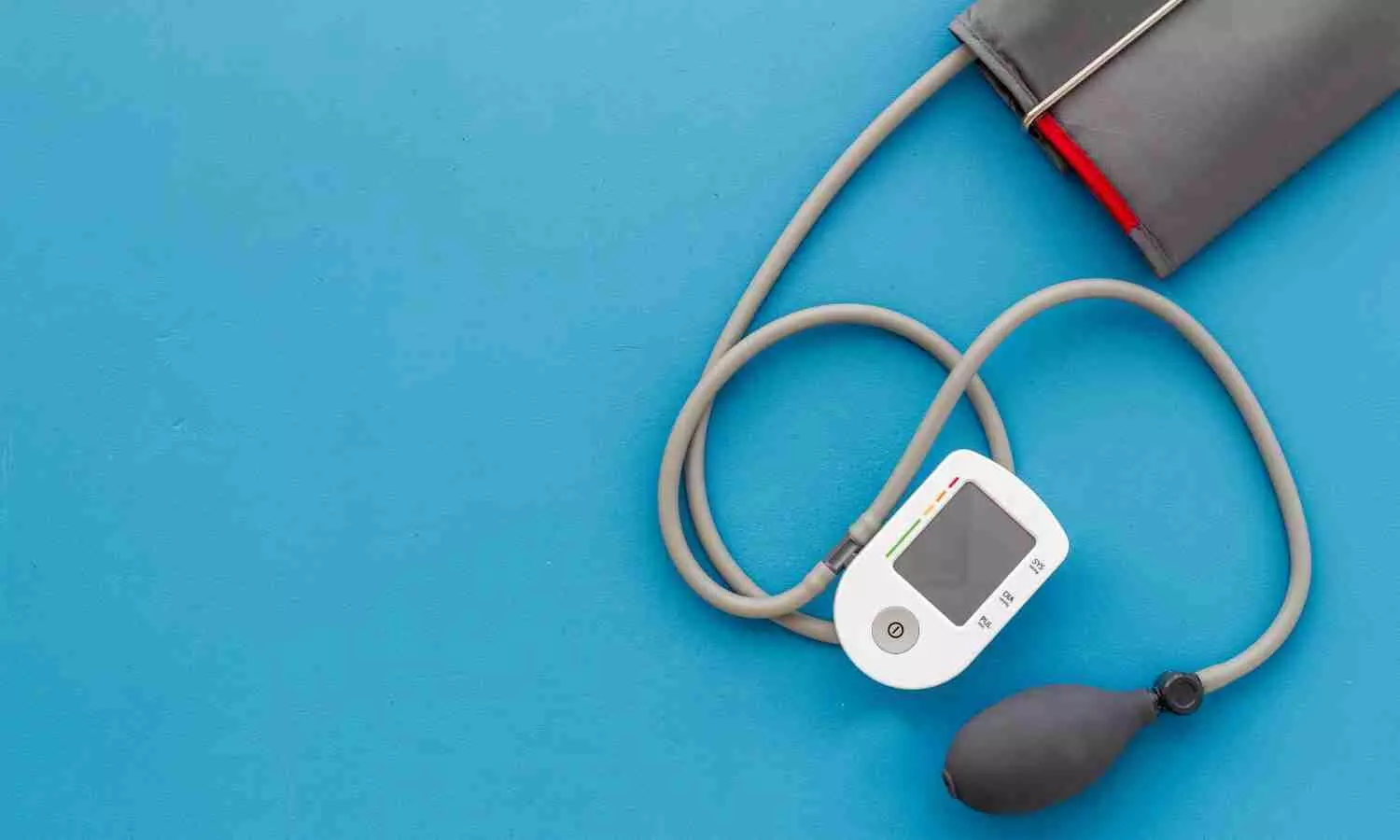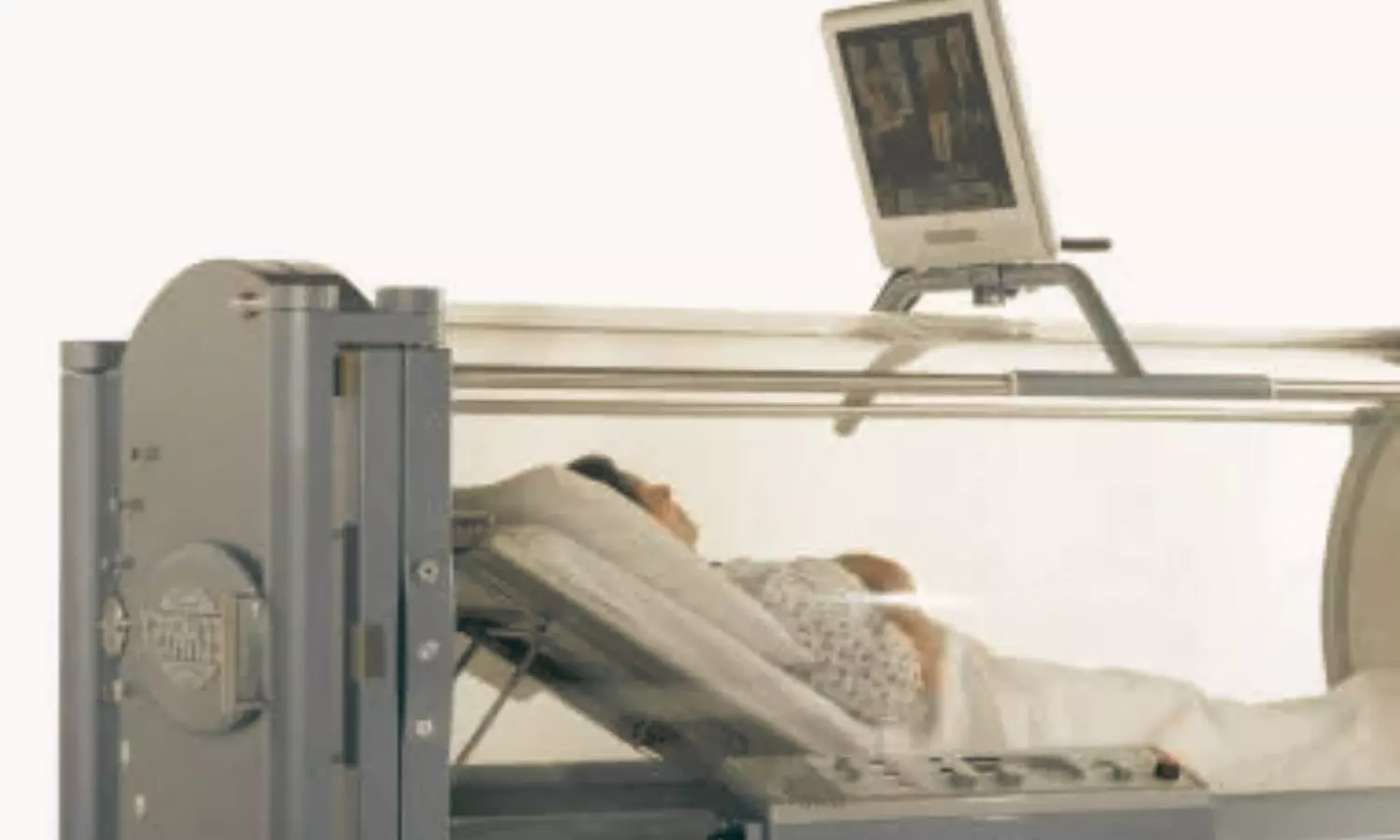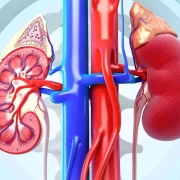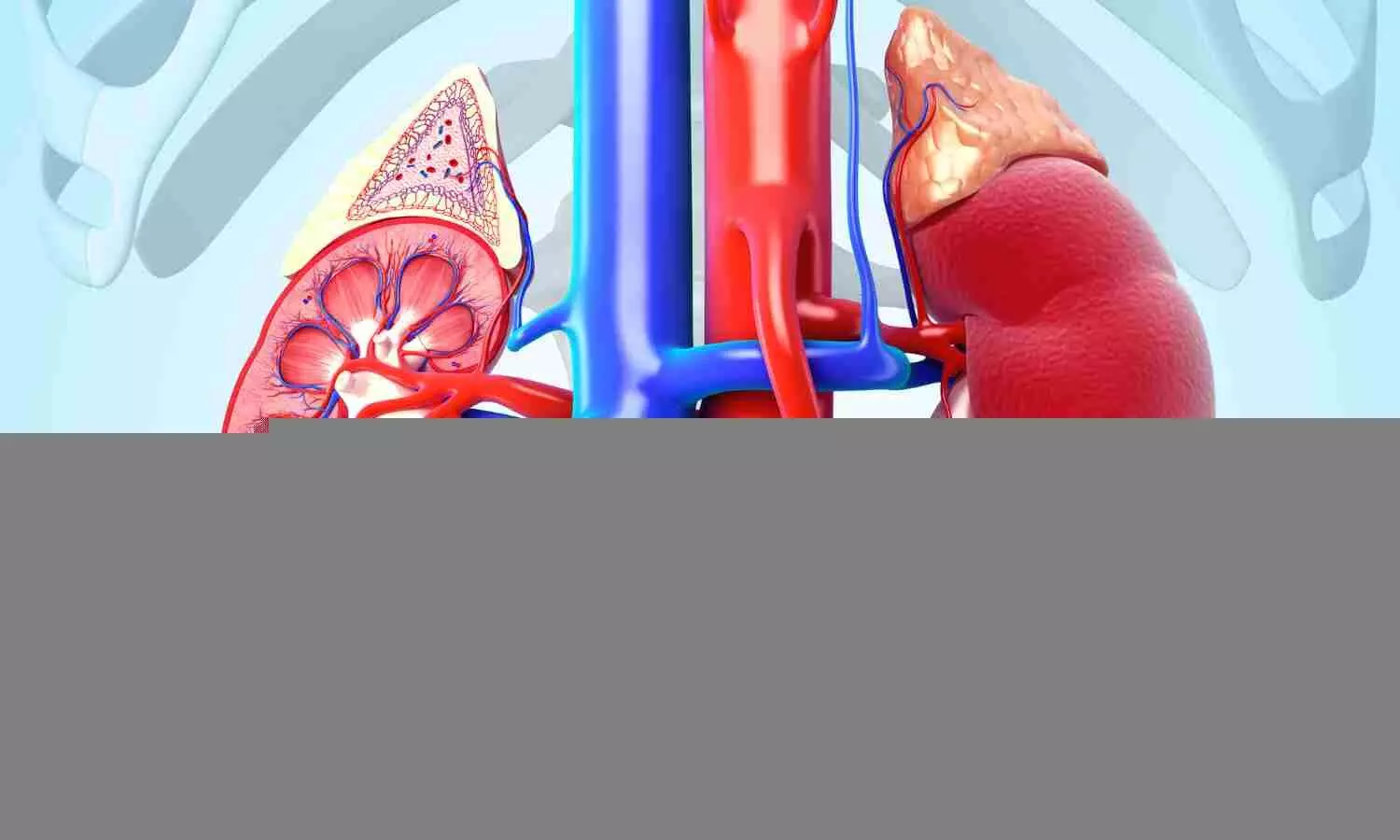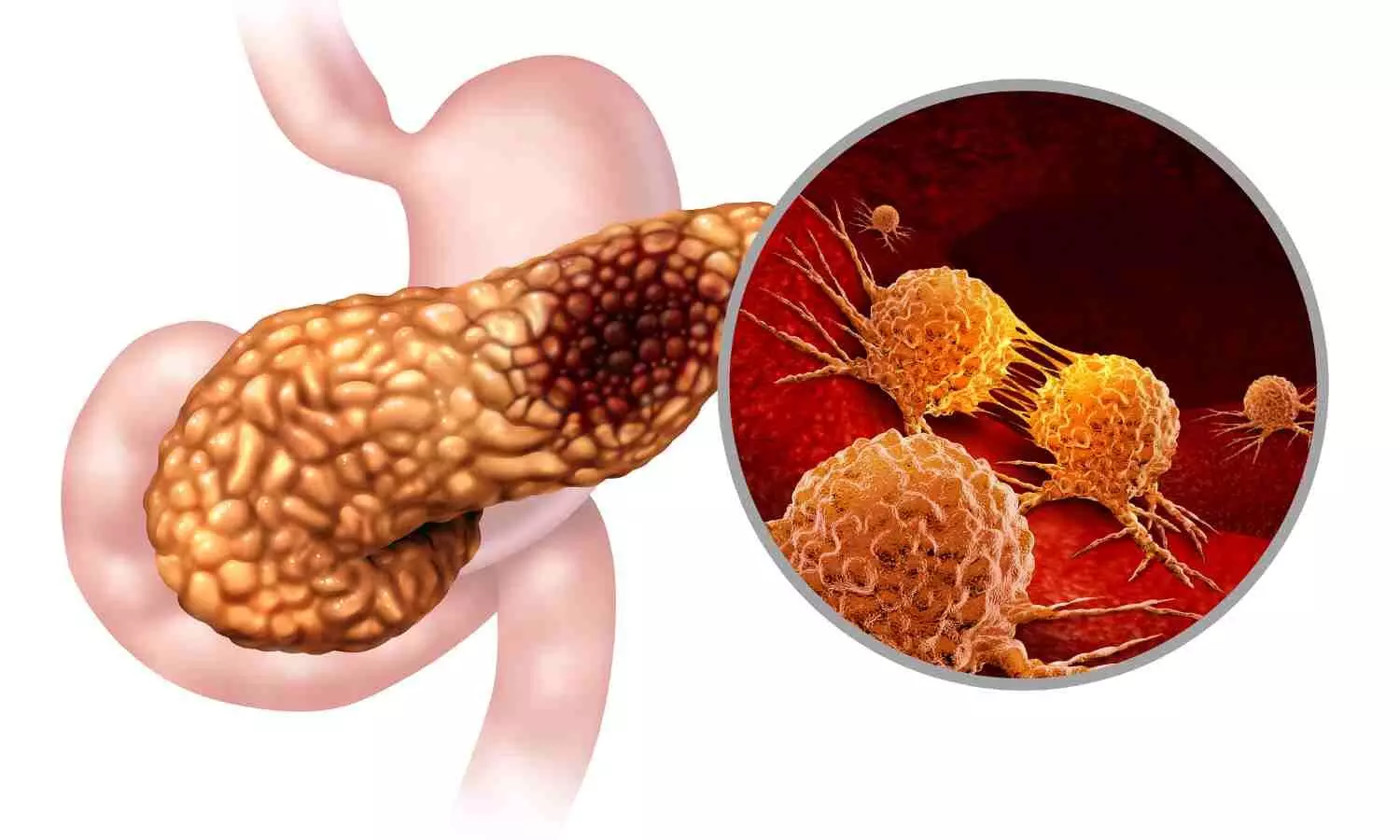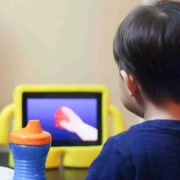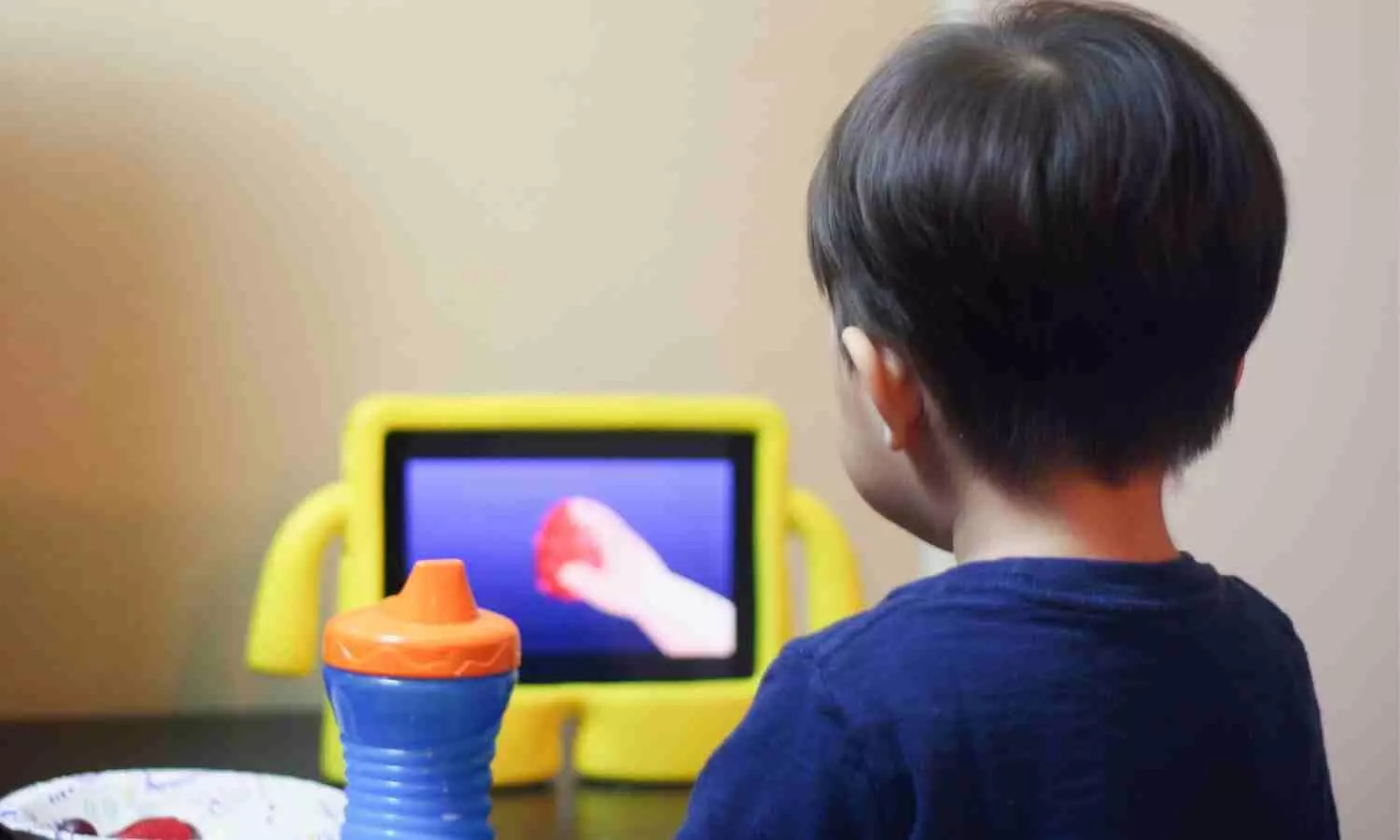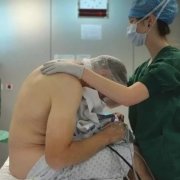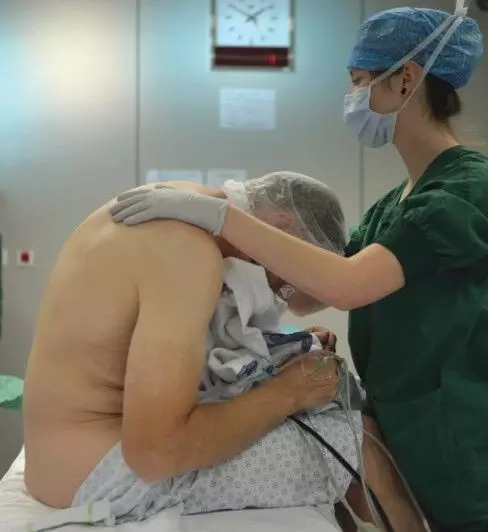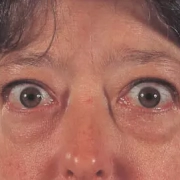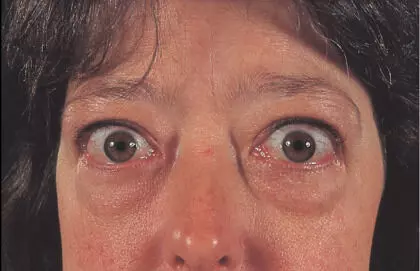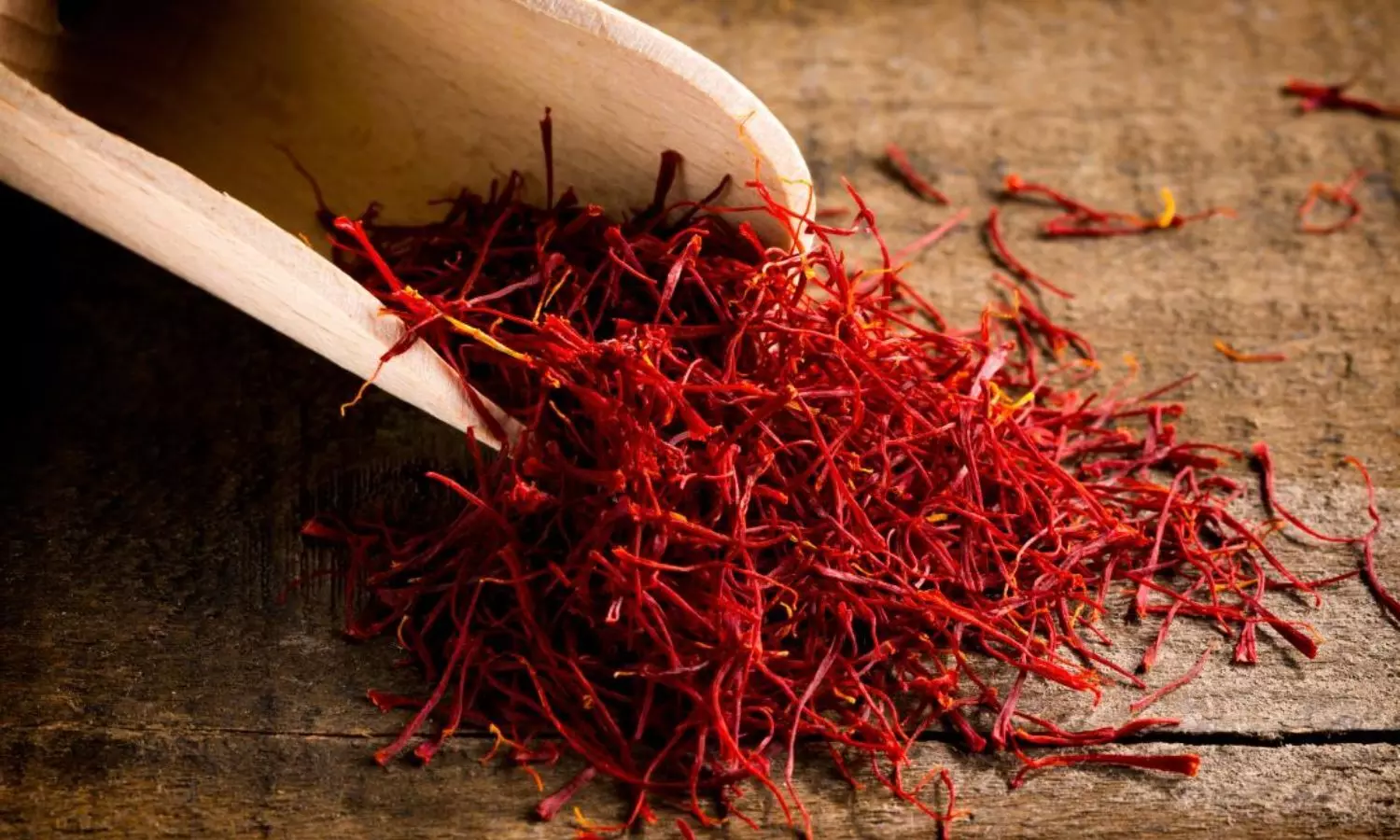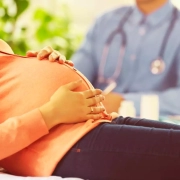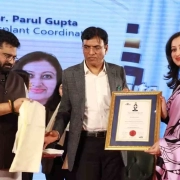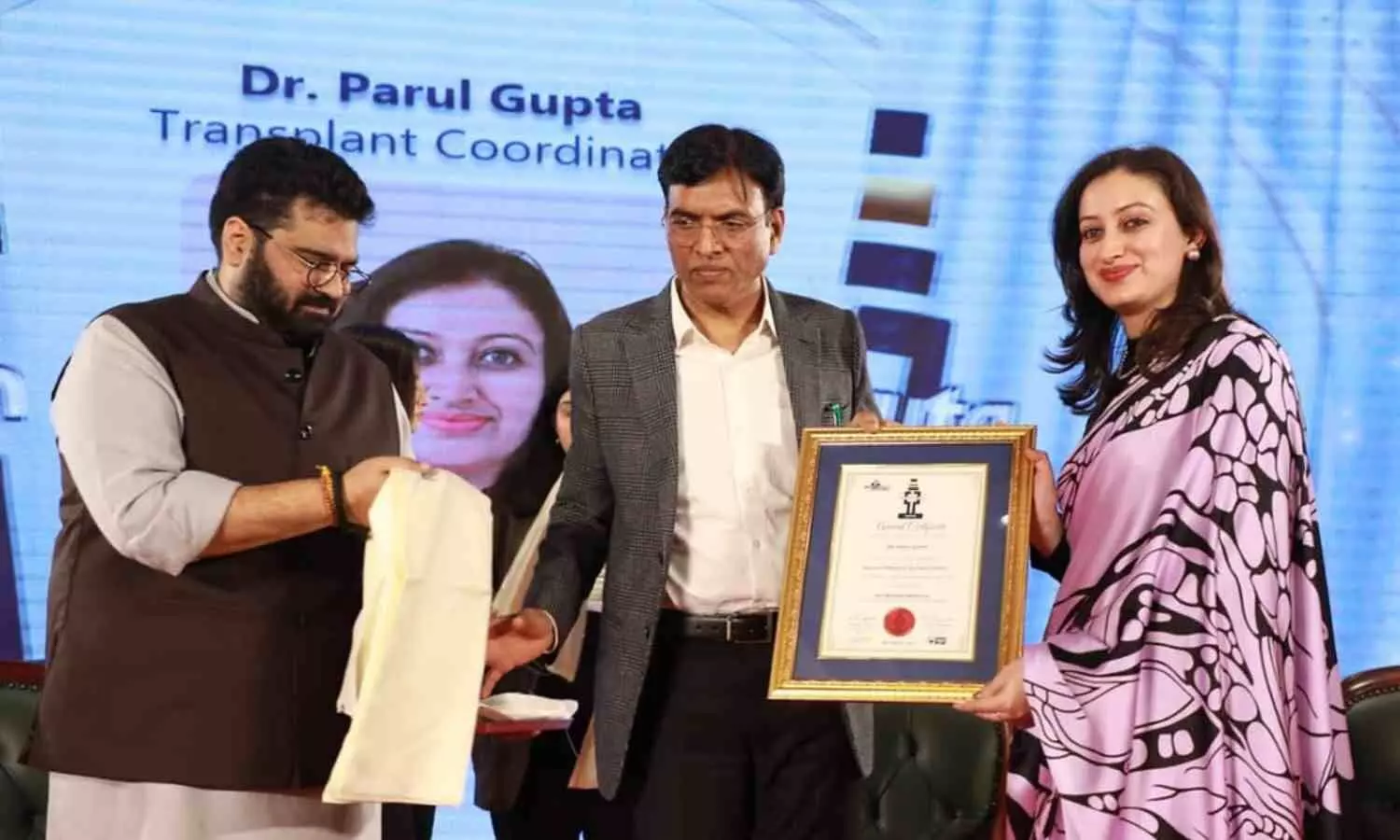
New Delhi: The State Consumer Disputes Redressal Commission Delhi recently held Sir Ganga Ram Hospital and its five doctors guilty of medical negligence while providing treatment to a patient who underwent splenectomy procedure.
Holding them negligent and deficient in providing their services pertaining to accurate diagnosis and operative care of the patient, the consumer court ordered them to pay Rs 5,10,000 as damages, Rs 1,20,000 as mental agony and Rs 90,000 as litigation charges.
Such a decision was taken by the Commission after noting that the abdominal ultrasound report, conducted after the surgery showed that the “Spleen is normal in size and echo texture.”
The matter goes back to 2014 when the complainant’s wife was admitted to Sir Ganga Ram Hospital and was diagnosed for Non-Hodkin Lymphoma by Dr. Aggarwal. Later, she was advised splenectomy by him and consequently, the patient underwent the said procedure by Dr Kalhan.
Allegedly, the complainant was informed that the surgery was uneventful and the spleen was successfully removed from the patient’s body. Consequently, the complainant requested Dr. Kalhan to show the specimen of the removed spleen. However, the doctor allegedly refused to show the removed spleen. A few months later, the patient was again admitted to the hospital with complaints of dehydration and associated symptoms.
The complainant alleged that the treating doctors and the hospital conducted Ultra Sound and allied tests and started the treatment of the patient relying on the reports of the said tests. However, the patient finally succumbed to her ailments a few days later.
It was submitted by the complainant that even though he made the whole payment for the treatment, he was not given the medical records of the patient and therefore, he sent several letters to the hospital and other authorities such as the Medical Council of India (MCI), Directorate of Health Services (DGHS), Delhi requesting for the requisition of the complete medical record and the original documents such as the Discharge summary, total bills, bone marrow reports, ultrasound films, spleen specimen etc and other allied reports.
Further, it was alleged that Dr. Garg prepared a forged and baseless discharge summary to shield the hospital. After complaining before various authorities, the complainant, with the aid of DGHS, got three sets of medical treatment papers including the Discharge Summary and bills. However, he submitted that the documents pertaining to the status of the spleen, films of the ultrasound, bone marrow reports etc. were not provided to him even though charges against Bone Marrow Biopsy and allied tests were paid to the hospital.
Apart from this, the Complainant submitted that there was a great contradiction between the ultrasound report and the discharge summary. Besides, the abdominal ultrasound report showed the spleen to be normal in size and echo texture, though the spleen was already removed through splenectomy performed on 23.02.2015.
It was also submitted that till date, despite having made several requests/complaints, the complainant did not receive the status of Spleen which was allegedly removed. Therefore, the complainant alleged that the hospital and the doctors committed gross errors in diagnosis and post-operative treatment and therefore, they are liable for medical negligence and professional misconduct.
On the other hand, the doctors and the hospital filed a joint reply and stated that the entire record of the case sheets, investigations, bills, death summary etc. were provided to the complainant on 07.07.2015 and the spleen of the patient was handed as biomedical waste as per Biomedical Waste Rules. It was further submitted that in the present case, no CCTV recording was done and a reply was sent to the complainant mentioning that not all surgical procedures are routinely recorded.
It was also highlighted that even though the complainant made a complaint to the Delhi Medical Council alleging medical negligence, the Council in its orders observed that no medical negligence was made on the part of the doctors and the hospital. The hospital and the doctors claimed that the patient was provided with the standard level of treatment.
While considering the matter, the State Consumer Court noted that even though the complainant was provided the medical record of the patient, it did not contain documents about the Bone Marrow Reports, Spleen Status etc.
“It is not denied by the Complainant that he did not receive any documents. It is further clear that, though 3 sets of documents as per the direction of the DGHS were supplied to the Complainant vide speed post… yet the same did not contain the documents pertaining to the spleen status as demanded by the Complainant,” noted the consumer court, adding, “…it is clear that the Complainant had only asked for the reports of the test conducted prior to the death of the patient, which were already prepared beforehand, yet the Opposite Party-hospital made inordinate delays in supplying the same until the intervention of DGHS. Therefore, it is clear that prima facie that Opposite Parties kept the Complainant dangling in the air for no reason whatsoever.”
To adjudicate the issue of medical negligence, if any, the consumer court noted that after consulting Dr Aggarwal, the patient was advised PET Scan for clinical evaluation which showed active uptake of FDG in spleen. Thereafter, another Dr. Aggarwal treated the patient and referred her to Dr. Kalhan for laparoscopic splenectomy. Subsequently, the patient was admitted as a case of Non-Hodgkin’s Lymphoma Post Chemotherapy with Splenic Abscess for Laparoscopic Splenectomy on 21.02.2015. The surgery was allegedly performed under General Anesthesia on 23.02.2015.
At this outset, the consumer court also referred to the details of the abdominal ultrasound report dated 09.06.2015, which mentioned, “Spleen is normal in size and echo texture.”
Referring to this, the State Consumer Court observed,
“A perusal of the aforesaid report clearly establishes that spleen was normal in size and echotexture…it is abysmally surprising to note that the ultra sound report dated 09.06.2015 shows that the spleen is intact and normal in size. It is implausible as to how could the spleen be spotted normal in size and texture when the same was removed on 21.02.2015 through Laparoscopic Splenectomy procedure. It is further inexplicable as to how could the Opposite Party-hospital charge for a surgery, which as per test reports, was never performed, or to the contrary, even if performed, constitutes a total failure as is negated by the ultra sound report which shows the spleen intact.”
“It is to be noted further that it is a standard medical practice to show the patient or his/her relatives the specimen of the removed organ after an organ removal surgery. However, in the present case, it is not in dispute that neither the Complainant nor the patient or any other relative thereof was shown the removed spleen after surgery and the same was treated as biomedical waste,” it further noted.
Further, the consumer court referred to another anomaly that no CCTV footage of the operation was recorded/preserved in the first place and the doctors and the hospital also clearly stated in their joint reply that no CCTV recording was done in the ICU.
Holding the hospital and its doctors liable, the commission noted,
“Here, it is pertinent to remark that the aforesaid findings /discrepancies in the line of treatment, highly reek of an unprofessional and heedless attitude of the Opposite Parties towards the patient, thus rendering the present case absolutely fit to fall in the domain of the doctrine of res ipsa loquitor. Here, the principle of res ipsa loquitor very well comes into play, as prima facie, the conduct of the Opposite Parties tantamounts to negligent conduct…The aforesaid findings independently make way for raising an adverse presumption against the Opposite Parties that either the Spleen was not removed at all and the Complainant was wrongly charged for the said operation, or to the contrary, even if it is assumed that the spleen was removed, the post-operative treatment was erroneous as it was based on a faulty test report/diagnosis which showed the spleen to be present intact within the patient’s body. It is crucial to remark here that none of the Opposite Parties ever reflected on the aforesaid discrepancy and continued to provide treatment based on a faulty line of diagnosis/ test reports. Therefore, either way, the Opposite Parties cannot shrug off their liability in so far so the Opposite Parties failed to exercise reasonable care and diligence in extending post operative care to the patient.”
Although the doctors and the hospital argued that the scan was sub-optimal and the Delhi Medical Council had absolved them of all charges, the State Commission opined that the hospital and the doctors owed a duty of care towards the patient and the whole post-operative treatment of the patient was based on the test reports which turned out to be faulty.
“This Commission is of the view that even if it is assumed that the scan was sub-optimal, the Opposite Parties ought to have referred the patient for a second scan and ought not to have proceeded with further course of treatment till an optimal scan was obtained. The Opposite Parties have prima facie failed in exercising reasonable care towards the patient in so much so that all the treating doctors proceeded with further treatment based on an erroneous report which shows the spleen to be intact when the same was already removed,” the Commission noted.
The Consumer Court also referred to the Delhi Medical Council’s order to note,
“A perusal of the aforesaid order makes it abundantly clear that Dr. *** misunderstood the liver to be spleen. His explanation that when the spleen has been excised or is small due to other reasons, the left lobe of liver grows to fill the left subdiaphragmatic space and because of similar echotexture can frequently mimic like spleen, is not a medically tenable explanation. The aforesaid finding prima facie gives rise to an adverse presumption against the competency of the treating doctors in being well conversant with the anatomy of the human body, failing to clinically correlate the findings in the reports for diagnosing the disease and to later provide treatment accordingly.”
Further, the Commission noted that the post operative PET NCCT scan duplicate report dated 16.06.2015 also gave a clear-cut finding that “the spleen is not visualized consistent with post operative status”. Thus, the Commission opined that it confirmed there being no spleen in the body of the patient and the ultra sound report was an erroneous one which wrongly reported the spleen to be normal in size.
“Therefore, the aforesaid events prima facie tantamount to seemingly evident negligence and are sufficient proof to carve out a case of medical negligence,” opined the State Consumer Court.
It also observed that there was a glaring discrepancy in the abdominal ultra sound report and death summary for the period of 08.06.2015 and 18.06.2015. “A juxtaposition of the ultra sound report and the clinical summary as recorded in the death summary project a contradictory picture. The clinical summary states that the liver is observed to be enlarged than its normal size. However, the ultra sound report makes it clear that the liver is normal in size. The aforesaid observations again indicate towards a confused state of conduct, raising an adverse inference against the level of skill and competence of the Opposite Parties,” the Commission noted.
Holding the hospital and its doctors liable, the Commission observed,
“Therefore, in view of the aforesaid discussion, it can be concluded beyond doubt that the conduct of the Opposite Parties fell below that of the standards of a reasonably competent practitioner in exercising skill and competence and the Opposite Parties conjointly failed to take reasonable care of the patient.”
Opining that they were negligent and deficient in providing their services pertaining to accurate diagnosis and operative care of the patient, the Commission ordered, “the Opposite Parties No.1-6 to pay the Complainant a sum of Rs. 85,000/- each to the Complainant totalling to Rs.5,10,000/- as damages towards the physical agony suffered by the patient including Rs.1,97,900/- being the charges of surgical procedure.”
“…the Opposite Parties No.1-6 to pay a sum of Rs.20,000/- each to the Complainant as mental agony,” further granted the Commission, adding “the Opposite Parties No.1-6 to pay a sum of Rs. 15,000/- each to the Complainant as litigation charges.”
To view the order, click on the link below:
https://medicaldialogues.in/pdf_upload/sir-ganga-ram-hospital-negligence-232130.pdf
Also Read: Delhi-based Private hospital, doctors directed to pay compensation for failing to provide appendix treatment to minor patient despite diagnosis
